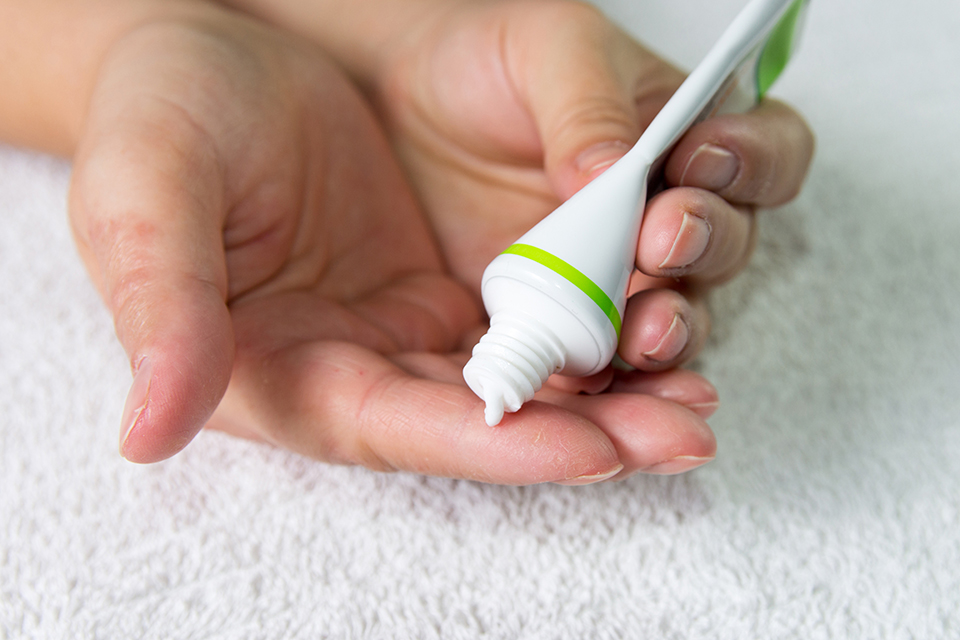
A study found that, during the perioperative period, the recurrence rate of gout in patients with hyperuricemia (elevated uric acid level in the blood) increased 1 year after surgery in patients undergoing orthopedic procedures. The study was published in the Journal of Orthopaedic Surgery & Research.
Researchers conducted a hospital-based retrospective study to “explore the clinical characteristics of perioperative acute gout flares in patients with varying uric acid levels undergoing orthopedic surgery, identify the risk factors for gout recurrence within the first postoperative year, and provide a disease prevention and diagnostic reference.”
Utilizing data from January 2018 to December 2020, patients were divided into groups based on whether they had hyperuricemia or normal uric acid levels. Men were classified as having hyperuricemia if their serum uric acid levels were ≥7.0 mg/dL, and women were considered to have hyperuricemia if their levels were ≥6.0 mg/dL. Patient comorbidities, serum uric acid levels, inflammatory indicators, and follow-up recurrence rates were subsequently compared between groups.
Overall, 64 patients who underwent varying orthopedic procedures and experienced acute gout flares during the perioperative period were included in the study. Of these patients, 26 were in the uric acid level group, and 38 were in the hyperuricemia group. Six patients experienced a gout attack prior to surgery, and the remaining 58 patients developed acute gout flares following surgery.
Comparing the normal uric acid level group to the hyperuricemia group, the uric acid decline ratio, white blood cell count, and C-reactive protein level were significantly higher at the time of the gout flare. Patients in the hyperuricemia group who had comorbidities such as diabetes or those who necessitated diuretics were more likely to experience an acute gout flare.
Hyperuricemia patients were also more likely to experience gout flares in more than 1 joint, as 84.6% of patients with normal uric acid levels demonstrated single-joint involvement compared with only 47.4% in the hyperuricemia group. After the 1-year follow-up period, the recurrence of gout in those with hyperuricemia was significantly higher than those with normal uric acid levels (44.7% vs 11.5%). Presenting tophi, stone-like deposits of monosodium urate in the joints, was found to be an independent risk factor for gout recurrence within 1 year.
The researchers concluded, “It is crucial to monitor the uric acid level to prevent acute gout attacks during the perioperative period and recurrence during the 1-year follow-up period. It is necessary to maintain appropriate blood uric acid level during perioperative period among patients undergoing orthopedic surgery.”







 © 2025 Mashup Media, LLC, a Formedics Property. All Rights Reserved.
© 2025 Mashup Media, LLC, a Formedics Property. All Rights Reserved.